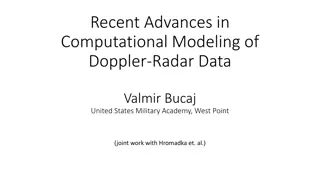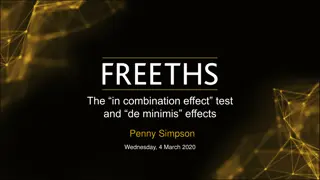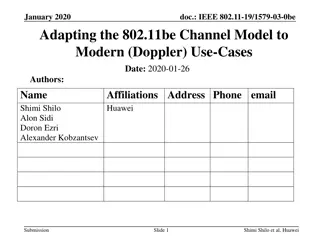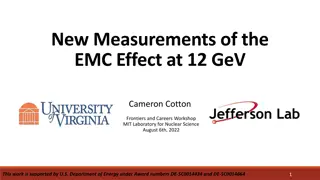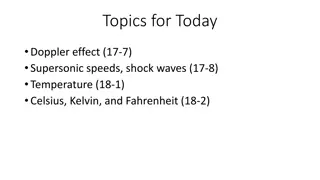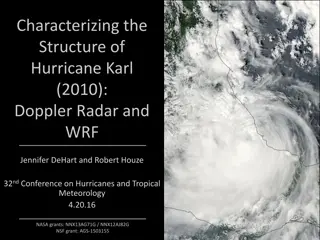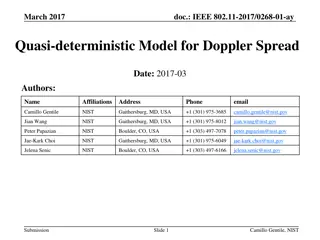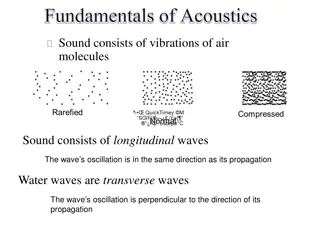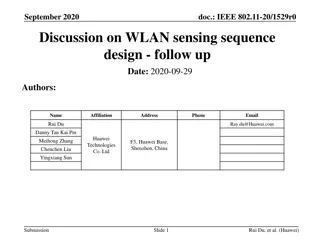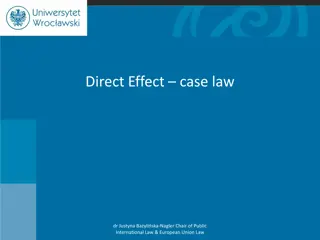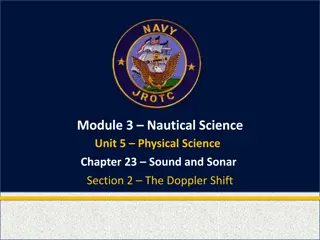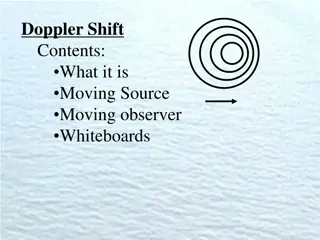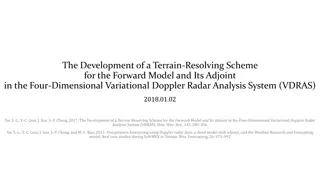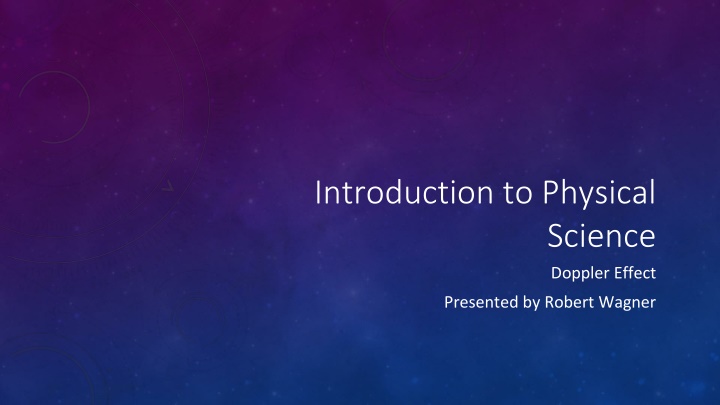
Understanding the Doppler Effect in Physical Science
Explore the Doppler Effect, a phenomenon of frequency change due to motion in physical science. Presented with illustrations and examples, learn how motion affects wave frequency and how to calculate observed frequencies in different scenarios.
Download Presentation

Please find below an Image/Link to download the presentation.
The content on the website is provided AS IS for your information and personal use only. It may not be sold, licensed, or shared on other websites without obtaining consent from the author. If you encounter any issues during the download, it is possible that the publisher has removed the file from their server.
You are allowed to download the files provided on this website for personal or commercial use, subject to the condition that they are used lawfully. All files are the property of their respective owners.
The content on the website is provided AS IS for your information and personal use only. It may not be sold, licensed, or shared on other websites without obtaining consent from the author.
E N D
Presentation Transcript
Introduction to Physical Science Doppler Effect Presented by Robert Wagner
The Doppler Effect A change in frequency because of the motion of the source or observer Moving closer => Shift to higher frequencies Moving away => Shift to lower frequencies Motion causes the wavefronts to be compressed in the direction of motion and expanded opposite to the direction of motion Will also occur when the observer is moving and the source stationary Image Credit: OpenStax College Physics - Figure 17.13 & 17.14 CC BY 4.0
The Doppler Effect A change in frequency because of the motion of the source or observer Moving closer => Shift to higher frequencies Moving away => Shift to lower frequencies Motion causes the wavefronts to be compressed in the direction of motion and expanded opposite to the direction of motion Will also occur when the observer is moving and the source stationary Image Credit: OpenStax College Physics - Figure 17.15 CC BY 4.0
The Doppler Effect (2) The observed frequency is given by: ?? ????= ?? ?? ?? For a stationary observer and a moving source Here, approach is indicated by the - sign and recession by the + sign Or, by ?? ???? ?? ????= ?? For a moving observer and a stationary source Here, approach is indicated by the + sign and recession by the - sign
Example ??= 340.?/?;??= 150.??;?? = 35.0?/? Suppose a train that has a 150. Hz horn is moving at 35.0 m/s in still air on a day when the speed of sound is 340. m/s. What frequencies are observed by a stationary person at the side of the tracks as the train approached and recedes? ?? ????= ?? ?? ?? 340.?/? ????= (150.??) 340.?/? 35.0?/? = 167?? Draw a sketch (if applicable) Identify known values ?? ????= ?? ??+ ?? Identify equation Enter values in the equation and solve 340.?/? ????= (150.??) 340.?/? + 35.0?/? = 136??
Example ??= 340.?/?;??= 150.??;?? = 35.0?/? Suppose a train that has a 150. Hz horn is moving at 35.0 m/s in still air on a day when the speed of sound is 340. m/s. What frequency is heard by the train s engineer traveling on the train? Relative velocity between them is 0 m/s! With no velocity difference, there will be no Doppler shift! The source and observer are not moving relative to one another. Draw a sketch (if applicable) Identify known values Identify equation Enter values in the equation and solve
Sonic Boom What would happen if the moving source approaches or exceeds the speed of sound? Constructive interference will occur along the red lines in the image Two sonic booms are created - one from the nose of the plane and the other from the tail For lower altitudes, the boom can break windows! Image Credit: OpenStax College Physics - Figure 17.16 CC BY 4.0
Sonic Boom What would happen if the moving source approaches or exceeds the speed of sound? Constructive interference will occur along the red lines in the image Two sonic booms are created - one from the nose of the plane and the other from the tail For lower altitudes, the boom can break windows! Image Credit: OpenStax College Physics - Figure 17.17 CC BY 4.0
Summary The Doppler effect is a change in frequency due to the motion of the source or observer Approaching motion results in higher frequency while receding motion results in a lower frequency A sonic boom can occur when an aircraft exceeds the speed of sound



